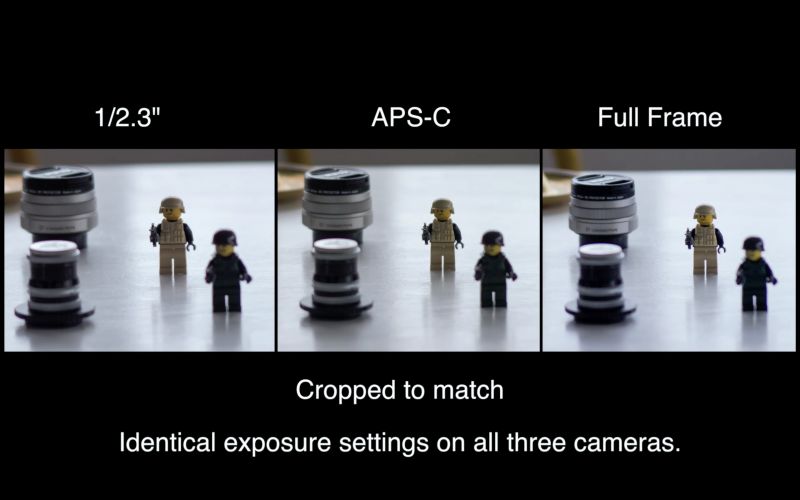Apsc Vs Full Frame

In the world of photography, the choice between APS-C and full-frame cameras often sparks debates among enthusiasts and professionals alike. Both formats have their merits, catering to different needs and preferences of photographers. Understanding the differences between APS-C and full-frame cameras is crucial for making an informed decision when investing in camera gear.
Table of Contents
ToggleWhat is APS-C and Full Frame
First, let’s clarify what APS-C and full-frame cameras entail:
APS-C
APS-C (Advanced Photo System type-C) is a smaller sensor format compared to full frame. It typically has a crop factor of around 1.5x to 1.6x, meaning that the sensor is smaller, resulting in a narrower field of view compared to full-frame cameras. APS-C sensors are commonly found in entry-level to mid-range DSLRs and mirrorless cameras.
Full Frame
Full-frame cameras have sensors that are equivalent in size to traditional 35mm film. They offer a wider field of view and generally better low-light performance and dynamic range compared to APS-C cameras. Full-frame sensors are often favored by professional photographers for their superior image quality and versatility.
Key Differences
Image Quality
Full-frame cameras typically produce higher image quality due to their larger sensors. They offer better performance in low light conditions, reduced noise at high ISO settings, and superior dynamic range, making them ideal for professional photography where image quality is paramount.
Depth of Field
One notable difference between APS-C and full-frame cameras is the depth of field. Due to the smaller sensor size of APS-C cameras, they inherently have a deeper depth of field compared to full-frame cameras. This can be advantageous for certain types of photography, such as landscape or street photography, where greater depth of field is desired. However, full-frame cameras offer more control over depth of field, allowing photographers to achieve shallower depth of field and better subject isolation.
Lens Compatibility and Cost
One advantage of APS-C cameras is their compatibility with a wide range of lenses, including those designed for full-frame cameras. These lenses are often smaller, lighter, and more affordable than their full-frame counterparts, making APS-C cameras a more budget-friendly option for photographers who are just starting or have budget constraints.
Size and Portability
APS-C cameras are generally smaller and lighter than full-frame cameras, making them more portable and convenient for travel or everyday shooting. This compact size also extends to lenses, making an APS-C camera system more manageable for photographers who prioritize mobility without sacrificing image quality.
Professional Use
While APS-C cameras have their advantages, full-frame cameras remain the preferred choice for many professional photographers, especially in genres such as portrait, wedding, and commercial photography where image quality and creative control are essential. The superior low-light performance and dynamic range of full-frame cameras make them indispensable tools for professional work.
Conclusion
Both APS-C and full-frame cameras have their strengths and weaknesses, catering to different needs and preferences of photographers. APS-C cameras offer affordability, portability, and versatility, making them suitable for beginners and enthusiasts. On the other hand, full-frame cameras provide superior image quality, depth of field control, and performance, making them the preferred choice for many professional photographers. Ultimately, the decision between APS-C and full-frame cameras depends on individual requirements, budget, and intended use cases.
